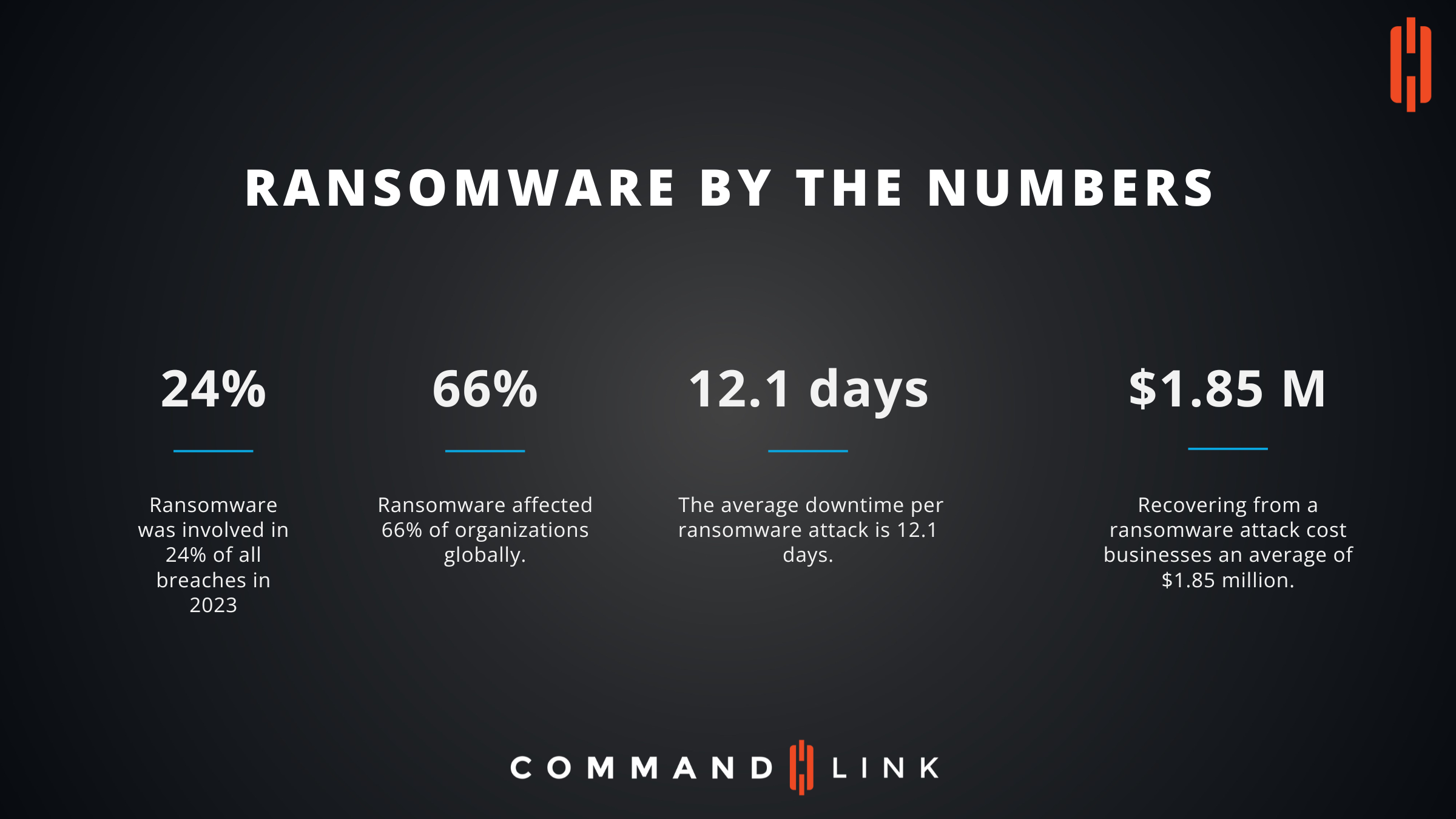In today's digital landscape, where security incidents are not a matter of "if" but "when," the role of a Security Operations Center (SOC) becomes pivotal in safeguarding an organization's information assets. A SOC is an organized and highly skilled team dedicated to monitoring, assessing, and defending against cyber threats. The SOC structure is often stratified into tiers, each with specialized roles and responsibilities that contribute to the overall efficacy of an organization's cybersecurity posture.
